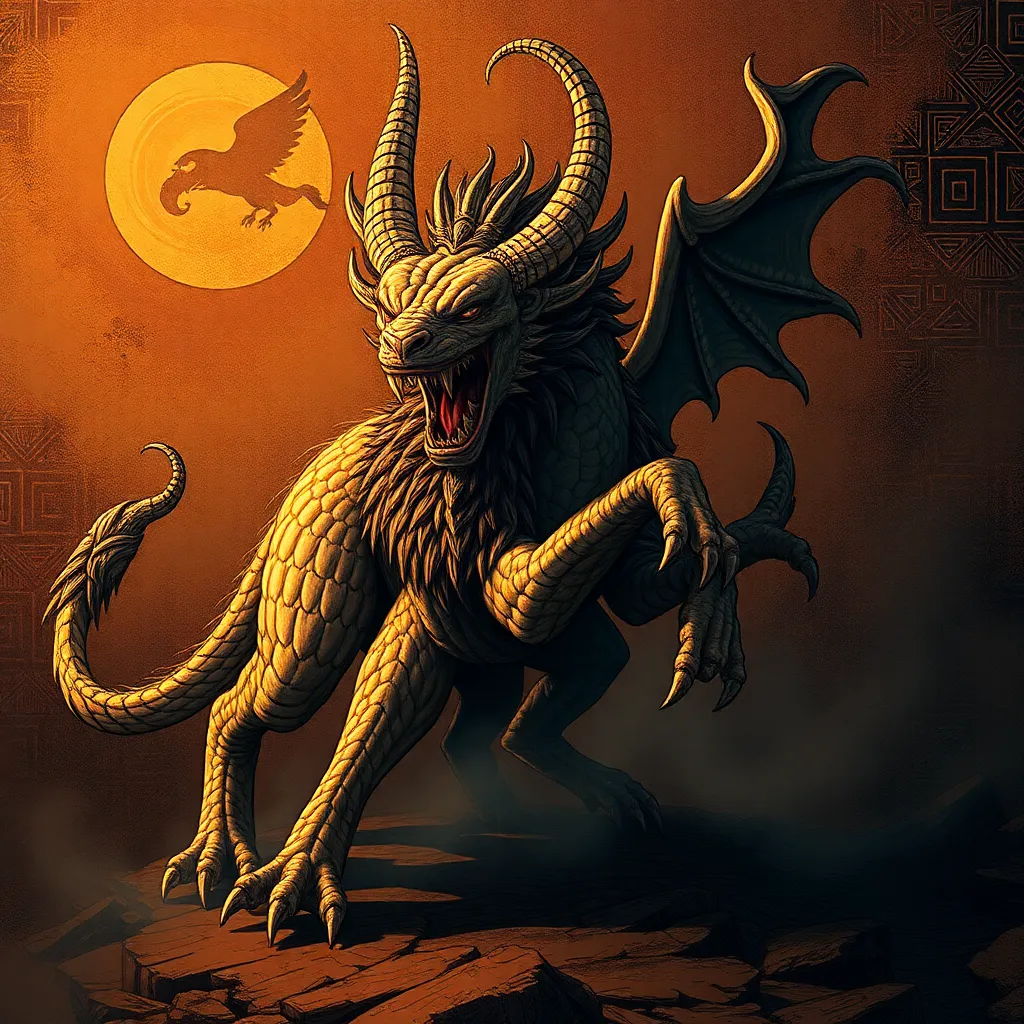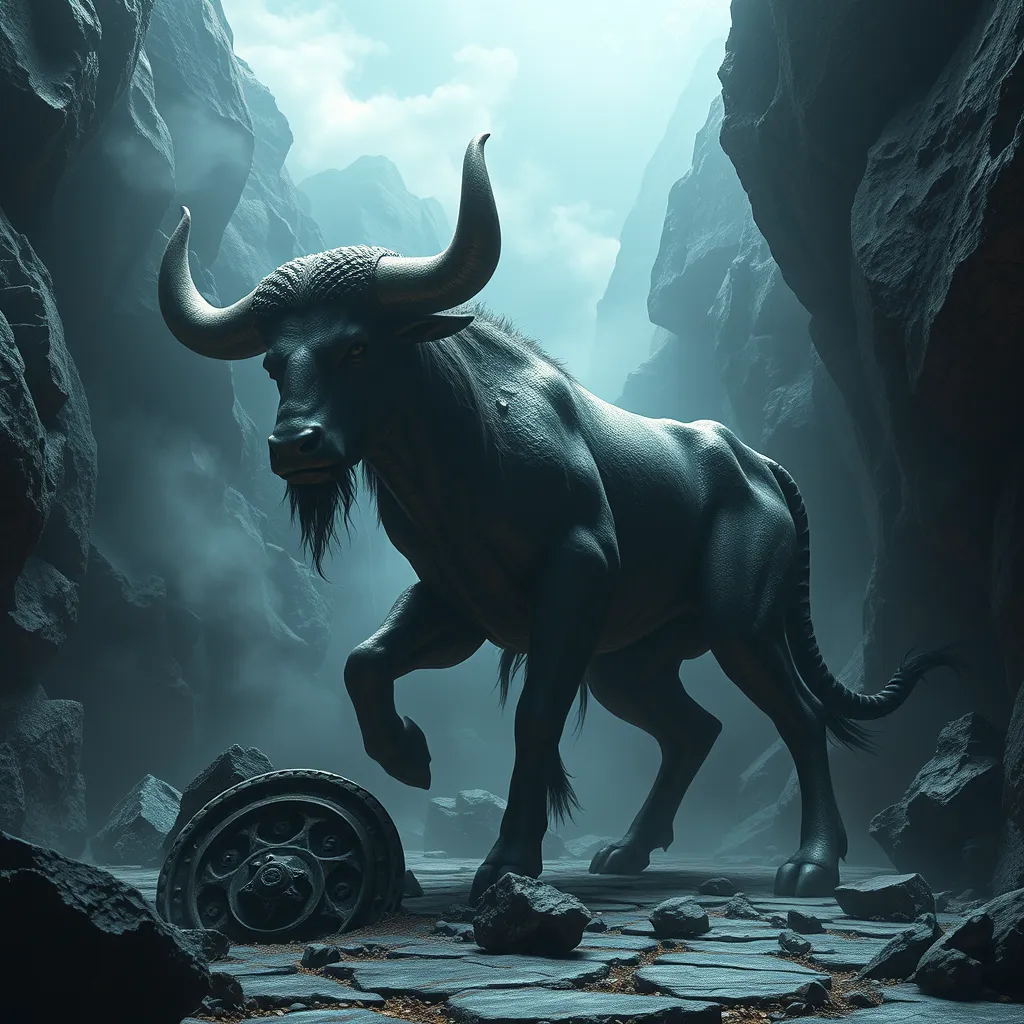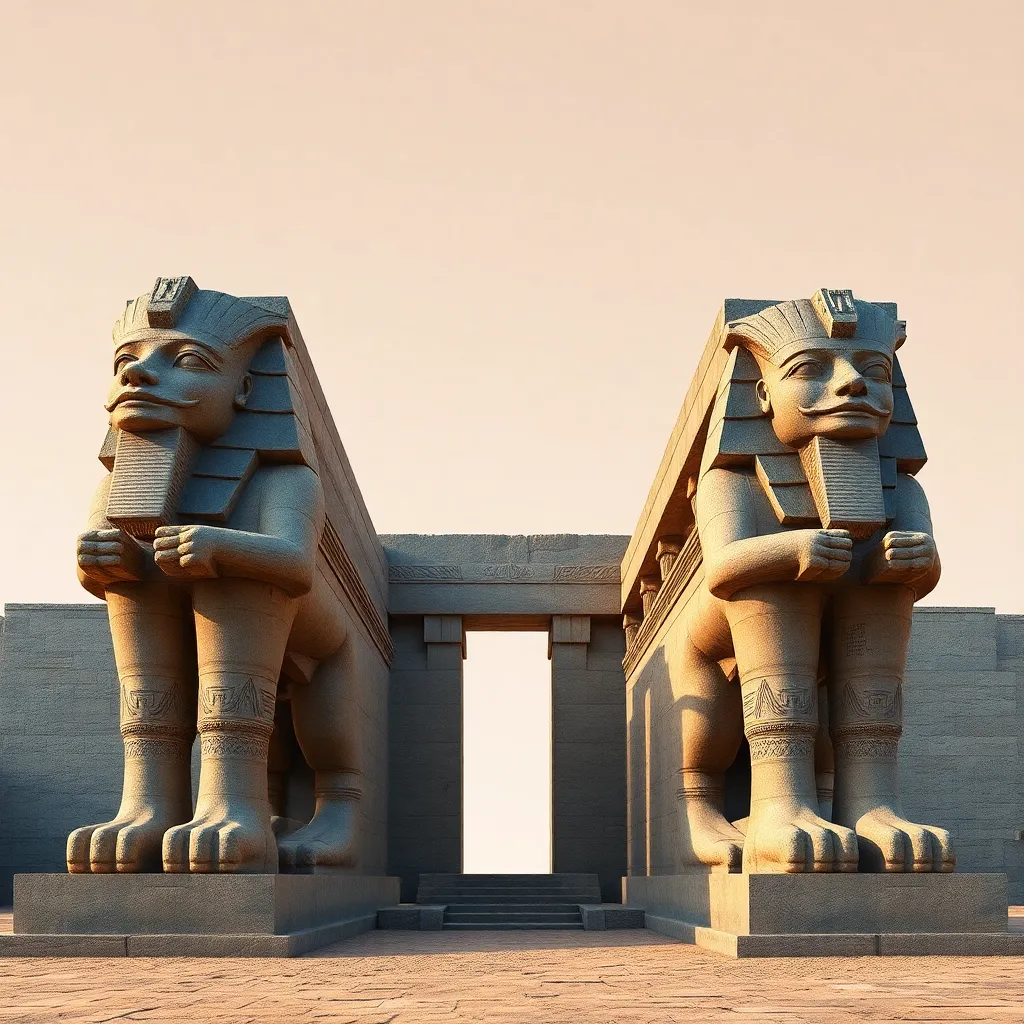The Naga in Popular Culture: The Serpent’s Influence on Modern Society
I. Introduction
The term “Naga” refers to a mythological serpent or dragon-like being found in various cultures, particularly in South and Southeast Asia. Naga are often depicted as protectors of water bodies and treasures, embodying both benevolent and malevolent traits. Their cultural significance stems from their roles as symbols of fertility, protection, and wisdom in numerous mythologies.
Historically, the roots of the Naga can be traced back to ancient texts, such as the Vedas and Buddhist scriptures, where they are mentioned in various contexts, including cosmology and moral teachings. The allure of the Naga has transcended time, influencing art, literature, and spirituality.
This article aims to explore the multifaceted representation of the Naga in modern society, examining its portrayal across various forms of media, its impact on contemporary spirituality, and its significance in a globalized world.
II. The Naga in Mythology and Folklore
The origins of the Naga can be traced back to ancient texts, where they are often depicted as powerful beings residing in the underworld or water bodies. In Hindu mythology, they are associated with the god Vishnu, while in Buddhist traditions, they are seen as protectors of the Dharma.
Regional variations of the Naga abound, reflecting the diverse cultures that revere them:
- Hindu Tradition: Naga are often depicted as snake deities associated with rain and fertility.
- Buddhist Tradition: They are considered guardians of the Buddha and his teachings.
- Indigenous Traditions: Various tribal communities regard Naga as ancestral spirits or protectors of the land.
Symbolism associated with the Naga includes:
- Fertility: The Naga is often linked to agricultural fertility and the abundance of water.
- Protection: They are seen as guardians against evil forces.
- Wisdom: Many myths attribute great wisdom to the Naga, making them revered figures in spiritual teachings.
III. Naga in Literature
Naga representations appear prominently in both classic and modern literature. In classic texts such as the Mahabharata and Ramayana, Naga characters play crucial roles in the unfolding of narratives, often embodying themes of duality and transformation.
In modern literary works, authors continue to explore Naga themes, incorporating them into fantasy and speculative fiction. Notable examples include:
- The Naga Saga: A fantasy series that dives deep into the lives of Naga beings.
- The Serpent’s Shadow: A contemporary novel that intertwines Naga mythology with modern-day adventure.
Thematic exploration of Naga symbolism often revolves around:
- The struggle between good and evil.
- Identity and transformation.
- Cultural heritage and environmental stewardship.
IV. Naga in Film and Television
The influence of the Naga can be seen in various films and television series that draw from its rich mythological background. Notable films that feature Naga-inspired characters include:
- Avatar (2009): The Na’vi and their connection to nature parallel the reverence for Naga in many cultures.
- Snakes on a Plane (2006): While not directly about Naga, it plays on the serpent motif in a modern horror context.
In television, series like Game of Thrones have drawn inspiration from dragon mythology, echoing the duality of the Naga as both protectors and feared beings. The impact of visual media in shaping perceptions of the Naga cannot be understated, as it brings ancient symbols into contemporary discussions about identity and culture.
V. Naga in Art and Fashion
The depiction of Naga in art ranges from traditional sculptures and paintings to contemporary interpretations. Artists often use Naga motifs to symbolize power, fertility, and protection, creating a bridge between ancient beliefs and modern aesthetics.
Fashion has also seen the influence of Naga motifs, with designers incorporating serpent patterns and imagery into their collections. This trend raises discussions about cultural appropriation versus appreciation:
- Cultural Appropriation: When elements of Naga culture are used without understanding or respecting their origins.
- Cultural Appreciation: When artists and designers engage with Naga symbolism in a respectful and knowledgeable manner.
VI. Naga in Video Games and Interactive Media
Video games have become a significant platform for exploring Naga themes. Several games feature Naga characters or utilize serpent motifs within their narratives, contributing to the gaming industry’s rich tapestry of mythological storytelling. Notable examples include:
- Smite: A multiplayer game where players can embody various deities, including Naga-inspired characters.
- League of Legends: Features champions that draw from serpent mythology, showcasing the Naga’s influence on character design.
The role of Naga in gaming narratives often revolves around themes of power, transformation, and conflict. Community engagement surrounding Naga-themed games fosters a sense of connection among players, who explore these ancient myths in interactive ways.
VII. The Naga’s Influence on Contemporary Spirituality and Practices
In recent years, there has been a revival of Naga worship and cultural ceremonies, particularly in regions where traditional practices are being re-embraced. This revival reflects a broader trend of seeking connections to heritage and spirituality in the modern world.
The integration of Naga symbolism into modern spiritual practices is evident in:
- The use of Naga imagery in meditation and healing practices.
- Rituals that honor the Naga as guardians of the earth and water.
Moreover, the Naga has become a symbol in environmental and social movements, representing the interconnectedness of all living beings and the importance of protecting natural resources.
VIII. Conclusion
The Naga’s multifaceted presence in popular culture reflects its deep-rooted significance in mythology, literature, art, and spirituality. As societies become increasingly interconnected, the Naga serves as a reminder of the enduring power of ancient symbols and their relevance in contemporary discussions about identity, culture, and the environment.
As we look to the future, the representation of the Naga in society and media is likely to evolve, continuing to inspire and challenge perceptions. The Naga’s influence underscores the importance of understanding and respecting cultural heritage in a globalized world.




